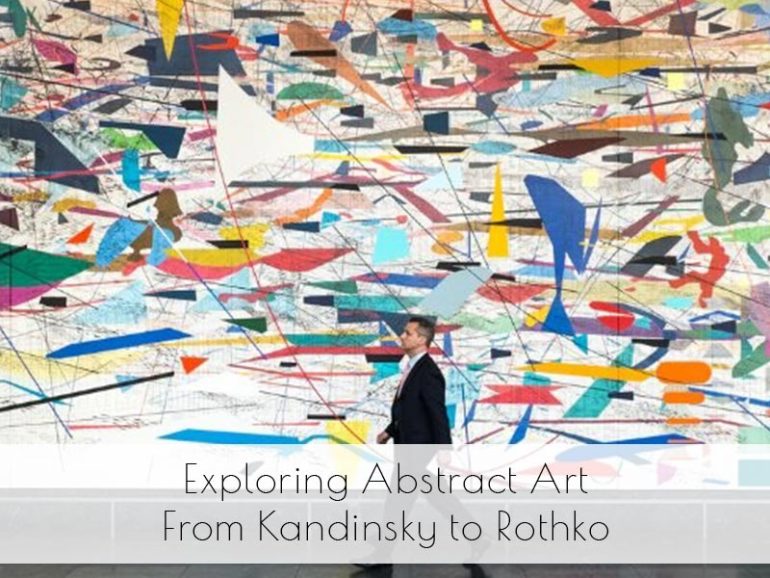Abstract art revolutionized the art world by breaking away from traditional representations of reality. Instead of depicting recognizable subjects, abstract artists use shapes, colours, and forms to express emotions, ideas, and other intangible concepts. We thought our students would appreciate a blog post about the evolution of abstract art, from its early pioneers to mid-century developments and contemporary movements, highlighting key artists and their influential works.
Early Pioneers
The early 20th century saw the emergence of abstract art, with artists seeking new ways to represent the world around them.
- Wassily Kandinsky: Often considered the father of abstract art, Kandinsky believed that art should evoke emotions in the viewer through color and form, much like music does. His work “Composition VII” is a vivid explosion of colors and shapes, demonstrating his theories on the spiritual and emotional power of art.

- Piet Mondrian: Mondrian’s work evolved from figurative painting to a purely abstract style he called “neoplasticism.” His iconic grid paintings, such as “Composition with Red, Blue, and Yellow,” use geometric shapes and primary colours to create a sense of harmony and order.

Mid-century Developments
The mid-20th century saw the rise of Abstract Expressionism, a movement characterized by spontaneous, gestural brushstrokes and a focus on the process of creation.
- Jackson Pollock: Pollock’s innovative “drip paintings” are synonymous with Abstract Expressionism. By dripping and splattering paint onto a canvas laid on the floor, Pollock created dynamic, energetic compositions that emphasized the act of painting itself. His work “No. 5, 1948” exemplifies his radical approach to abstract art.
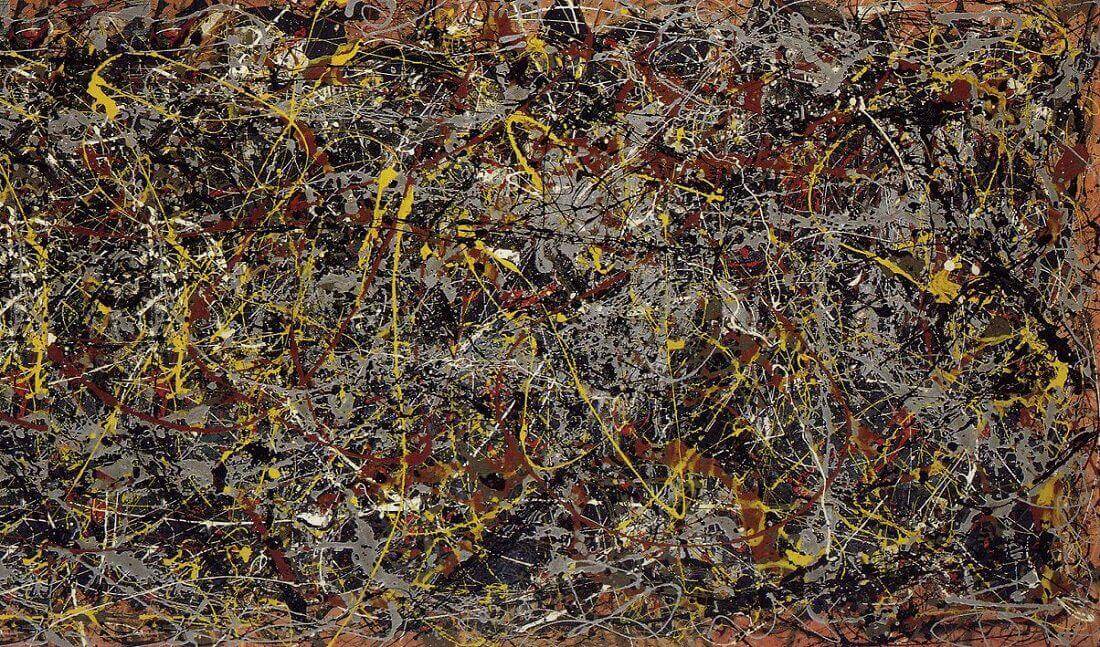
- Mark Rothko: Rothko’s signature style involves large, rectangular fields of colour that seem to float on the canvas. His works, such as “Orange and Yellow,” aim to evoke deep emotional responses through their meditative and immersive qualities.
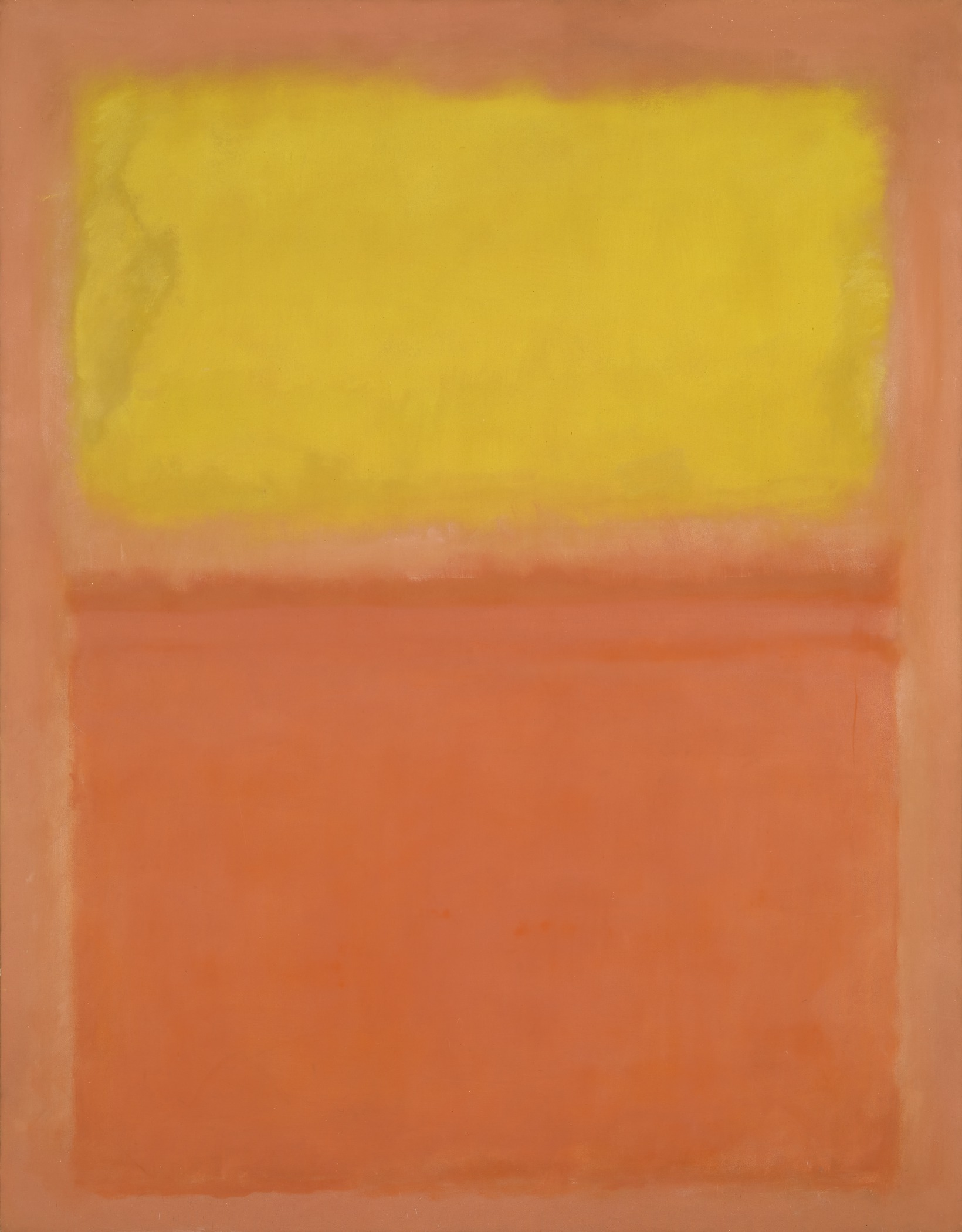
Contemporary Abstract Artists and Movements
Abstract art continues to evolve, with contemporary artists and movements pushing the boundaries of form and expression.
- Gerhard Richter: Known for his versatility, Richter has created both photorealistic and abstract works. His abstract paintings, characterized by vibrant colours and layered textures, such as “Abstract Painting (809-3),” reflect his continuous exploration of the possibilities of paint.
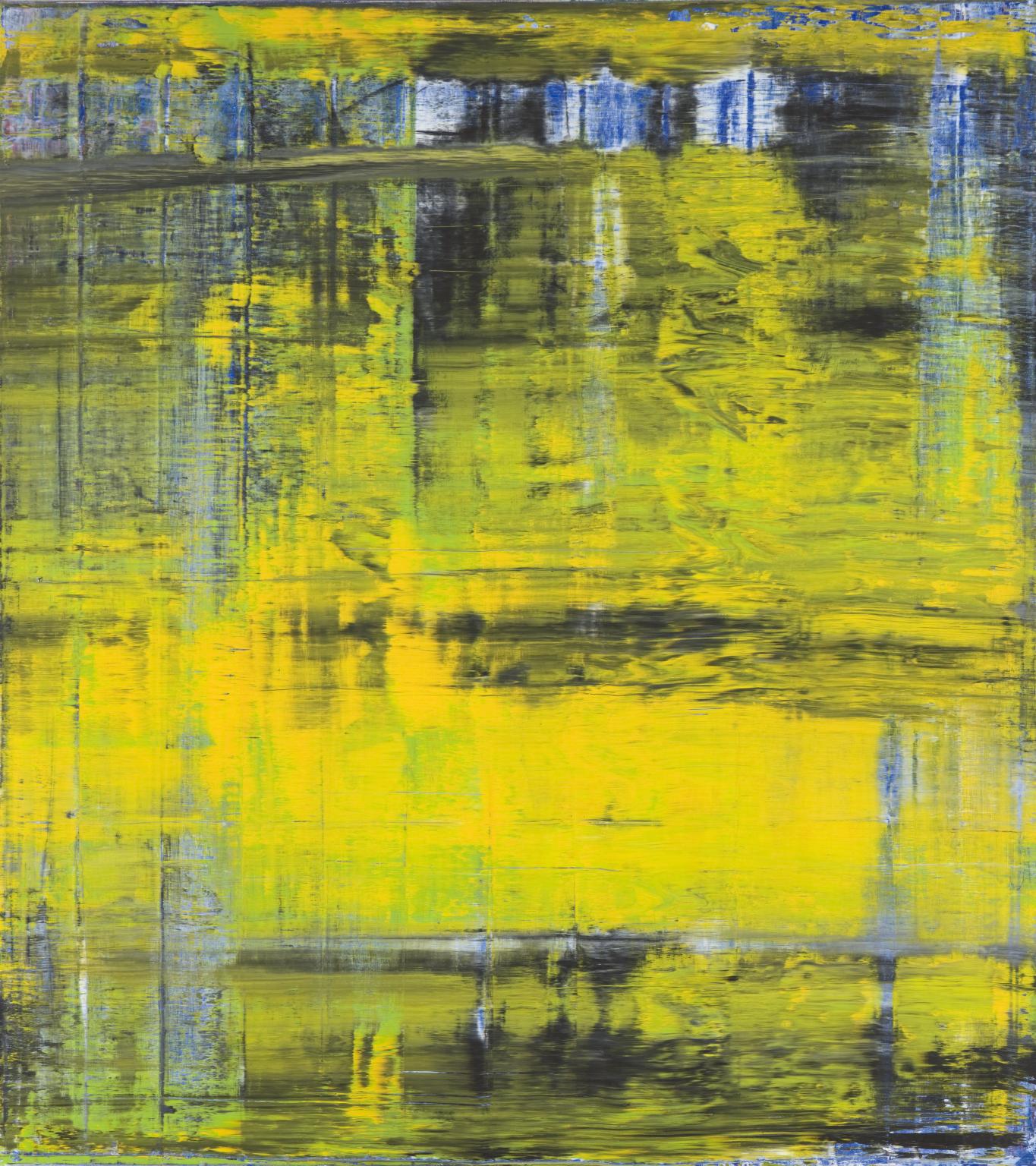
- Julie Mehretu: Mehretu’s large-scale abstract works incorporate elements of mapping, architecture, and urban planning. Her paintings, like “Mural,” feature intricate layers of lines and shapes that create a sense of movement and complexity.
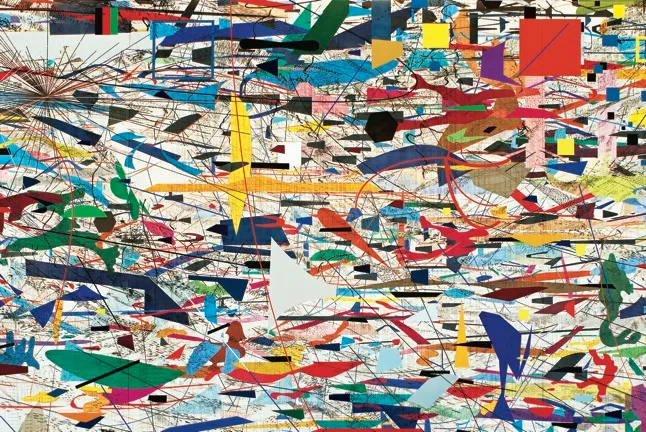
- Cecily Brown: Brown’s energetic, gestural paintings blend abstraction with figurative elements, creating dynamic and ambiguous compositions. Her work “Suddenly Last Summer” showcases her ability to convey movement and emotion through abstract forms.
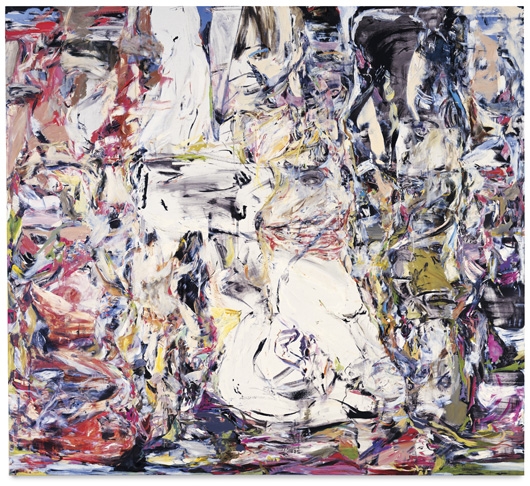
Abstract art has had a profound impact on modern art, challenging traditional notions of representation and expanding the possibilities of artistic expression. From the pioneering works of Kandinsky and Mondrian to the bold innovations of Pollock and Rothko, and the ongoing explorations of contemporary artists, abstraction continues to inspire and captivate audiences. By studying these artists and their works, students can gain a deeper understanding of the power and potential of abstract art.
If you would like to receive a roundup of all of our blog posts once a week to keep you inspired in your inbox, why not sign up to our newsletter. You can access our sign up at the top of our page. If you are a London Art College student and you would like your artwork featured here, drop us a line at any time.

